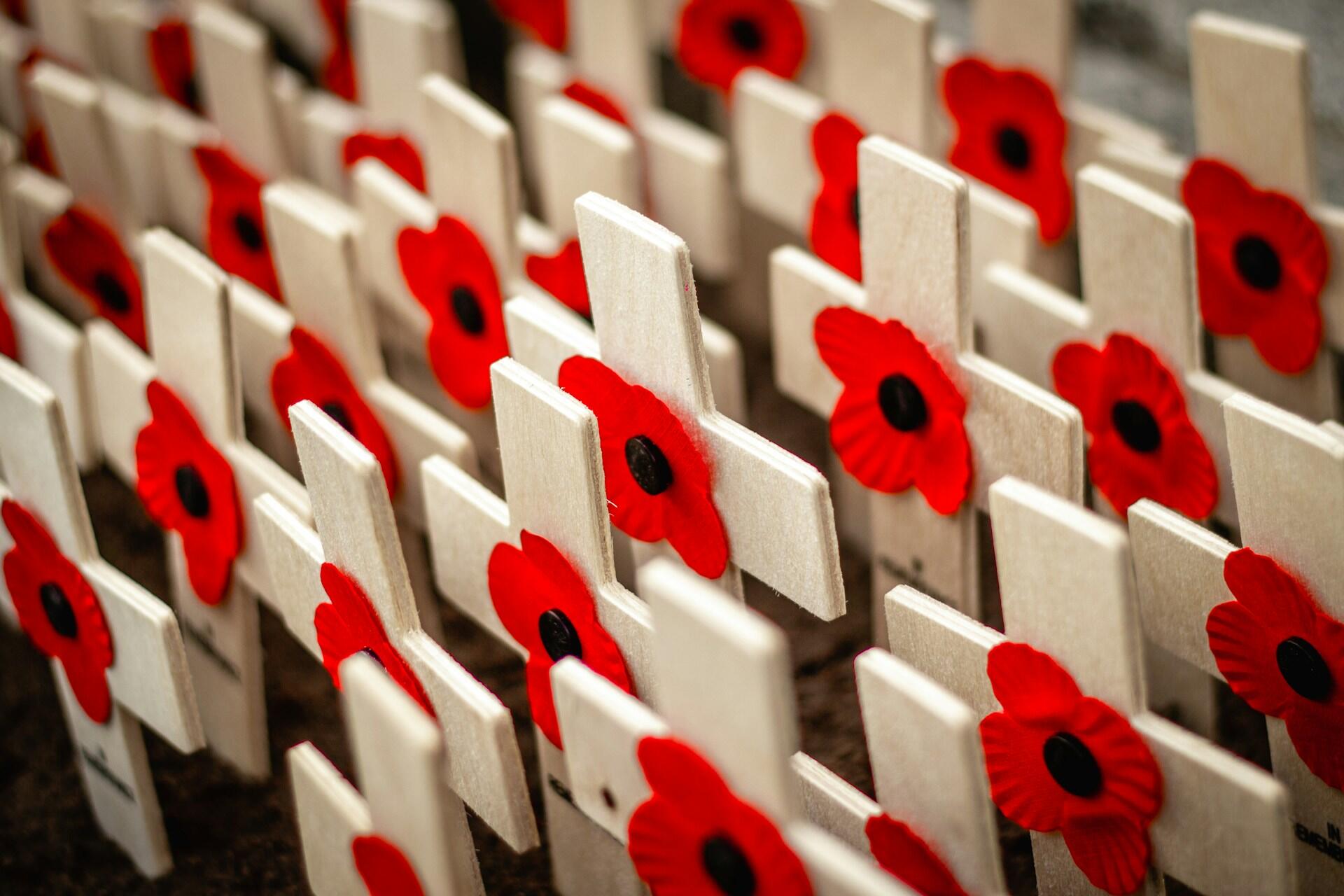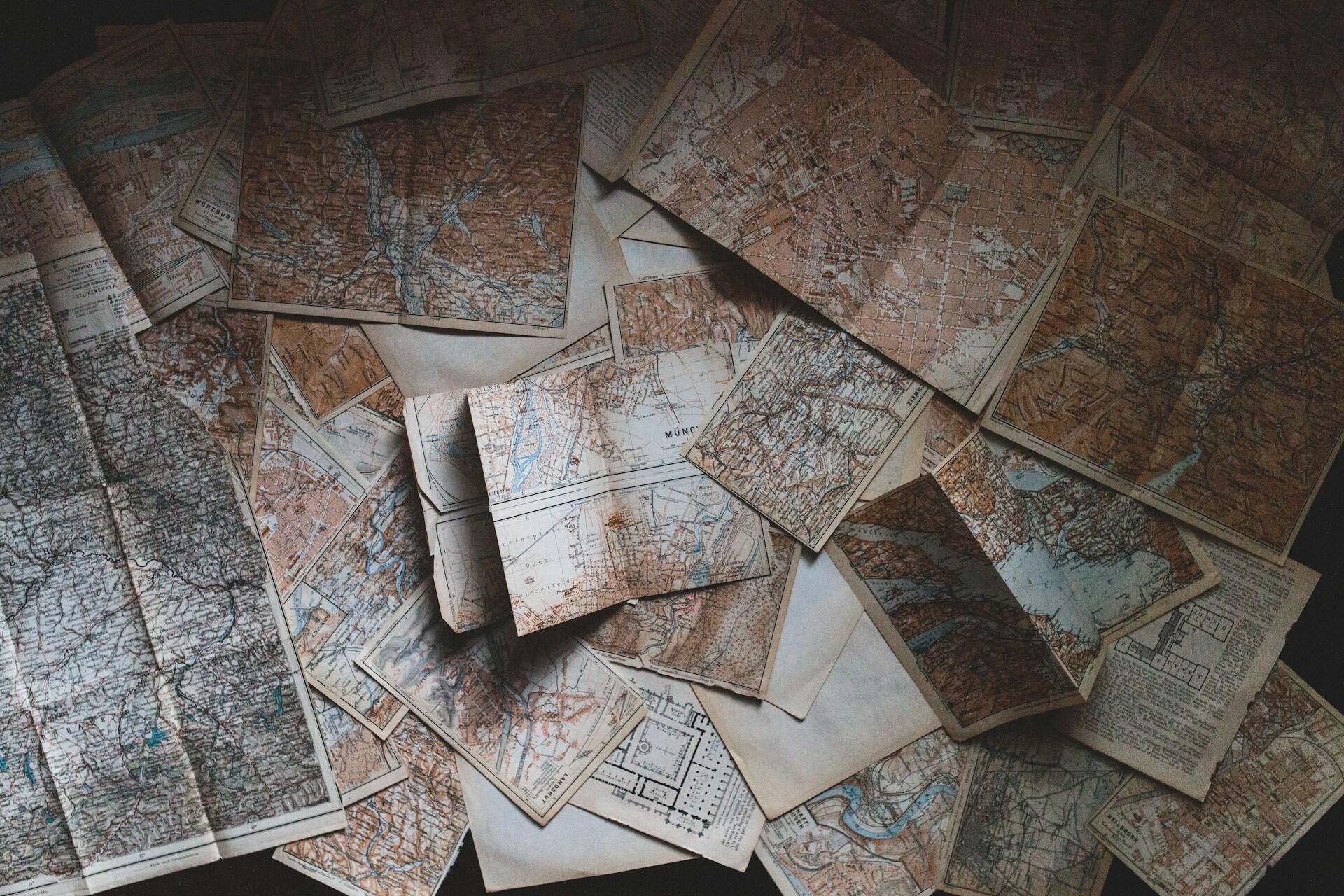Anzac Day is a national day of remembrance on April 25 in Australia and New Zealand, honouring soldiers who served and died in all wars, conflicts, and peacekeeping operations. However, there's more to it than that. Let's explore how Anzac Day came about and how it's evolved over the years.

When Is Anzac Day Observed?
Anzac Day is April 25, the anniversary of the Gallipoli landing in 1915 during the First World War.
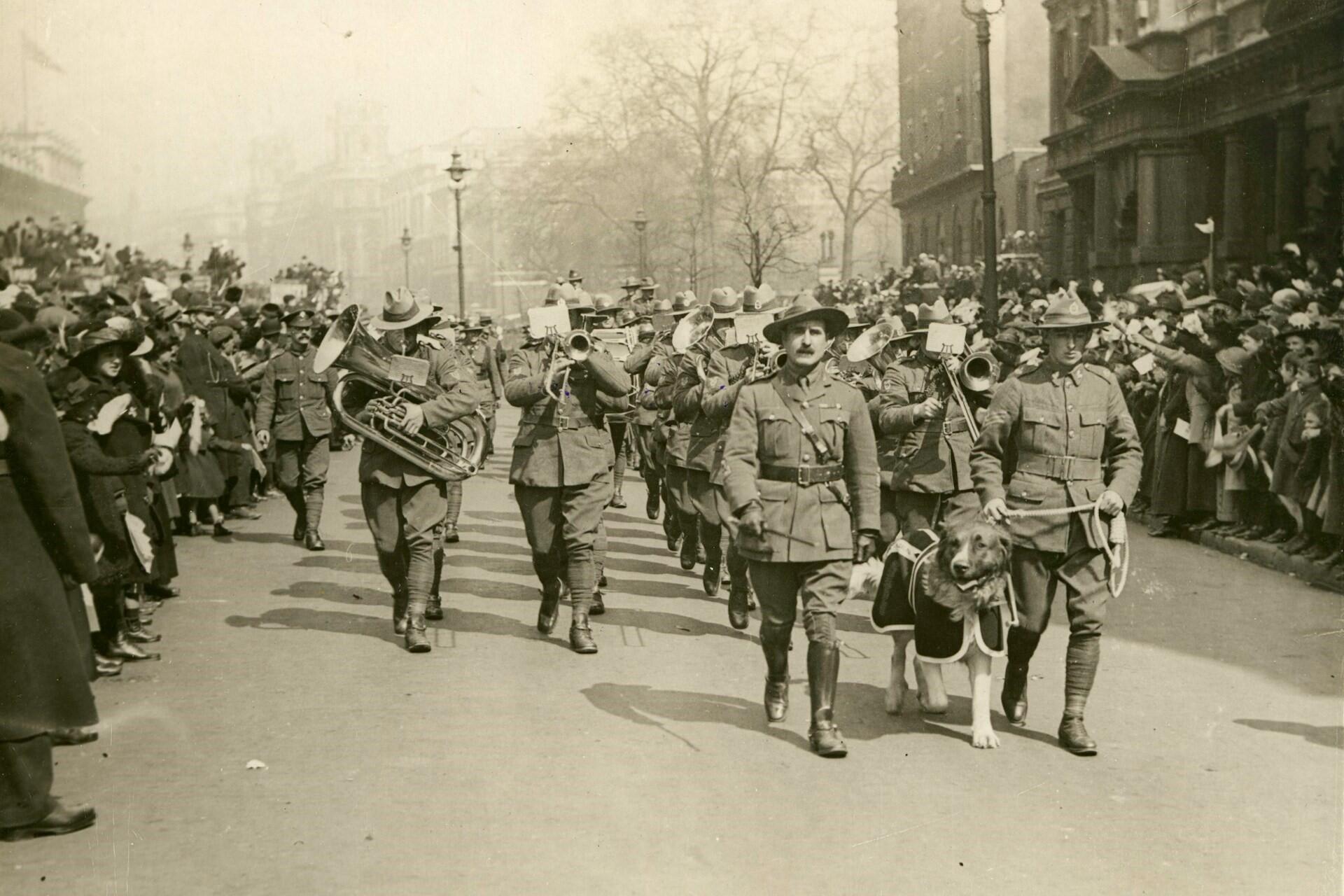
This was the day that thousands of Australian and New Zealand troops landed on the Gallipoli Peninsula in Turkey as part of the Allied forces.
Although the campaign was ultimately a military failure, it became a defining moment for both countries' troops, and their bravery and sacrifice have been honoured every year since.
The first Anzac Day was held in 1916, a year after the landings. The stalemate at Gallipoli would last eight months and cost thousands of lives. Still, the day chosen to remember their sacrifice is the date of the landings.
The date has remained the same since its first iteration in 1916, though the meaning and observances of Anzac Day have evolved over time.
Key Moments in Anzac Day History
April 25, 1915
First Anzac troops land at Gallipoli, Turkey
April 25, 1916
First Anzac Day commemorations held across Australia and New Zealand
1920s–30s
Dawn services and veterans' marches become national traditions
Post-WWII
Anzac Day expands to honour all Australian and New Zealand service personnel
1985
Gallipoli Peninsula officially recognised as a place of joint commemoration
Today
Anzac Day is a unifying moment of reflection across both countries and internationally
What Does ANZAC Stand For?
The Anzac in Anzac Day is actually from the Australian and New Zealand Army Corps, a combined military force from both countries that was formed in 1915 during the First World War.
These soldiers trained in Egypt before being deployed to Gallipoli as part of the Allied campaign. Remember that this was when Australia and New Zealand were closer to the British Empire.
The word ANZAC quickly gained cultural significance, and by the time Anzac Day was commemorated, it had gone from an abbreviation to a symbol of national pride in both New Zealand and Australia.
Anzac is legally protected under Australian and New Zealand law, which means its use is carefully regulated out of respect.
Whether referring to the soldiers who served at Gallipoli, veterans of later conflicts, or those taking part in modern-day services, the word Anzac carries a meaning of resilience and unity forged by these people.
How Did Anzac Day Begin?
Anzac Day was a direct response to the events of April 25, 1915, after Australian and New Zealand soldiers landed in Gallipoli, Turkey.
British high command had planned this as a swift assault, but it ultimately became an eight-month ordeal. Anzacs faced heavy resistance and an enemy that was better prepared and more heavily defended than they had expected.
The campaign wasn't a success, but the soldiers' resilience and unity left a powerful mark on the people back home, becoming a defining moment for both countries' military history and broader identity then and for future generations.
Just one year after the landings, the first Anzac Day was held on April 25, 1916. Solemn ceremonies were held in cemeteries, schools, churches, and community halls in cities and towns across Australia and New Zealand.
These events focused on mourning the fallen and honouring the values of resilience and unity that the Anzacs proudly displayed in the face of adversity.
Though Anzac Day would evolve over time, at its core, it is a day of remembrance, not a celebration of a military victory.
Over 50,000 Anzac troops fought in the Gallipoli campaign. Despite facing impossible odds, their courage, unity, and sacrifice shaped the national identities of both Australia and New Zealand.
Why Anzac Day Still Matters
Over a century after the landing at Gallipoli, Anzac Day is still significant for people across Australia and New Zealand.
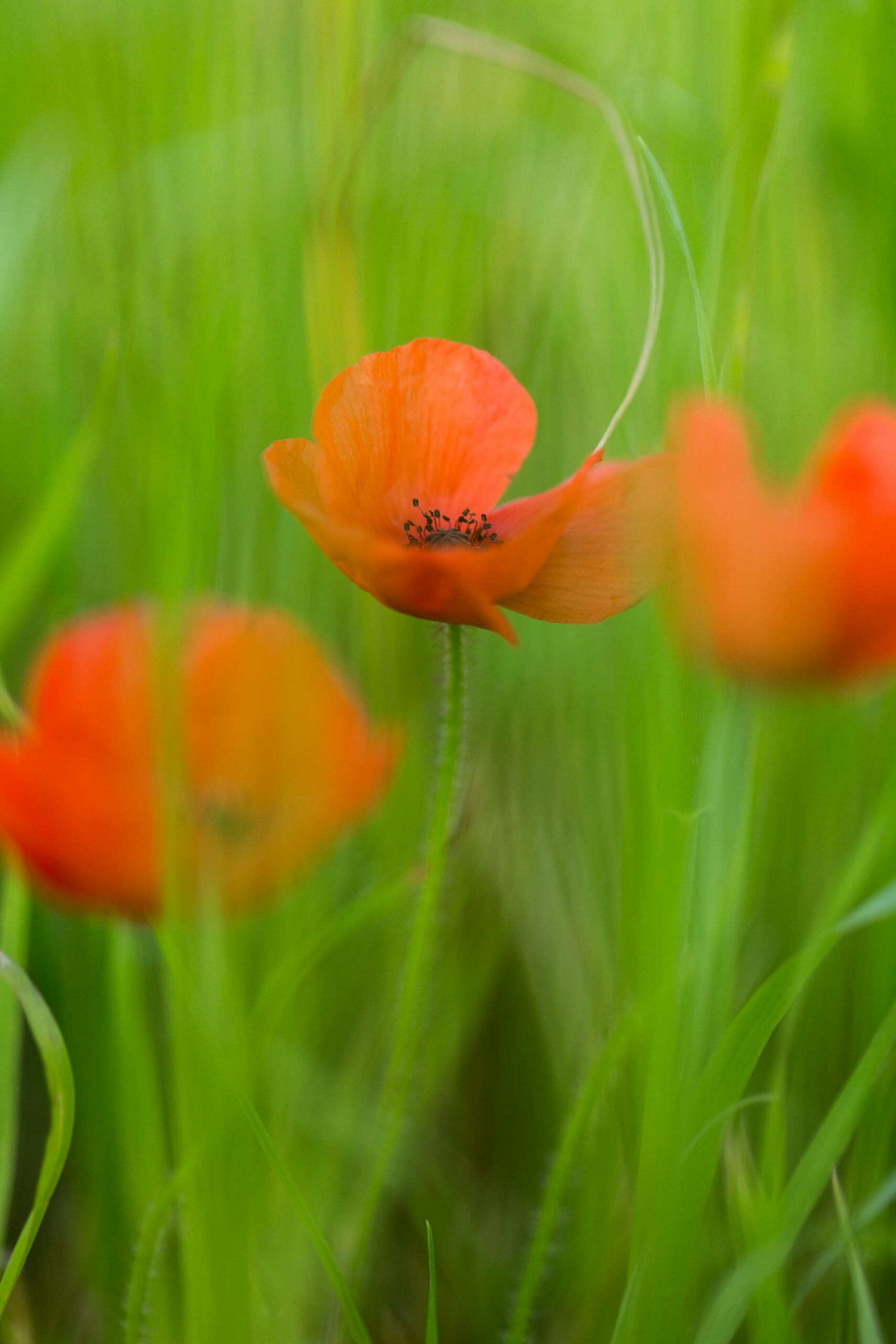
It isn't a reflection of past battles but a living tradition connecting generations through remembrance, national pride, military service, and the values displayed initially by those during the Gallipoli campaign.
Although the original Anzacs are no longer with us, their values of courage, mateship, sacrifice, and endurance are timeless and still resonate inside and outside the military.
People of all ages can come together every year on April 25 in New Zealand and Australia to honour those who died, those who returned from service, and those who are still serving today.
Anzac Day is an opportunity for people to pause and reflect on the cost of war and the strength and resilience of the human spirit, particularly those of the Australian and New Zealand Army Corps.
This commemorative day is a meaningful way to ensure the lessons of the past aren't forgotten and that those who initially taught us these lessons, often paying the ultimate sacrifice, are respectfully honoured.

Dawn Service and Other Traditions
A key part of Anzac Day is the dawn service, which is held in cities, towns, and rural communities across Australia and New Zealand.
This practice has been done since the first Anzac Day. It is reminiscent of the military "stand-to" when soldiers would prepare for attacks at first light.
It has evolved into a national act of quiet remembrance where attendees gather in darkness and silence to hear the Last Post, observe a minute of silence, and reflect on the sacrifices made by Anzac soldiers and military personnel.
After the dawn service, it's common for communities to host marches led by veterans, service members, and their families. These ceremonies can include wreath-laying, prayers, national anthems, and speeches, typically from local officials, mayors, or ministers.
Another key tradition is the wearing of rosemary or red poppies. The flower became synonymous with the First World War because of the fields of Flanders, where much of the fighting took place. However, it's also used as a symbol of Anzac Day. In the lead-up to Anzac Day, commemorative poppies are sold by veterans' associations and charities, and people tend to wear them on their lapels.
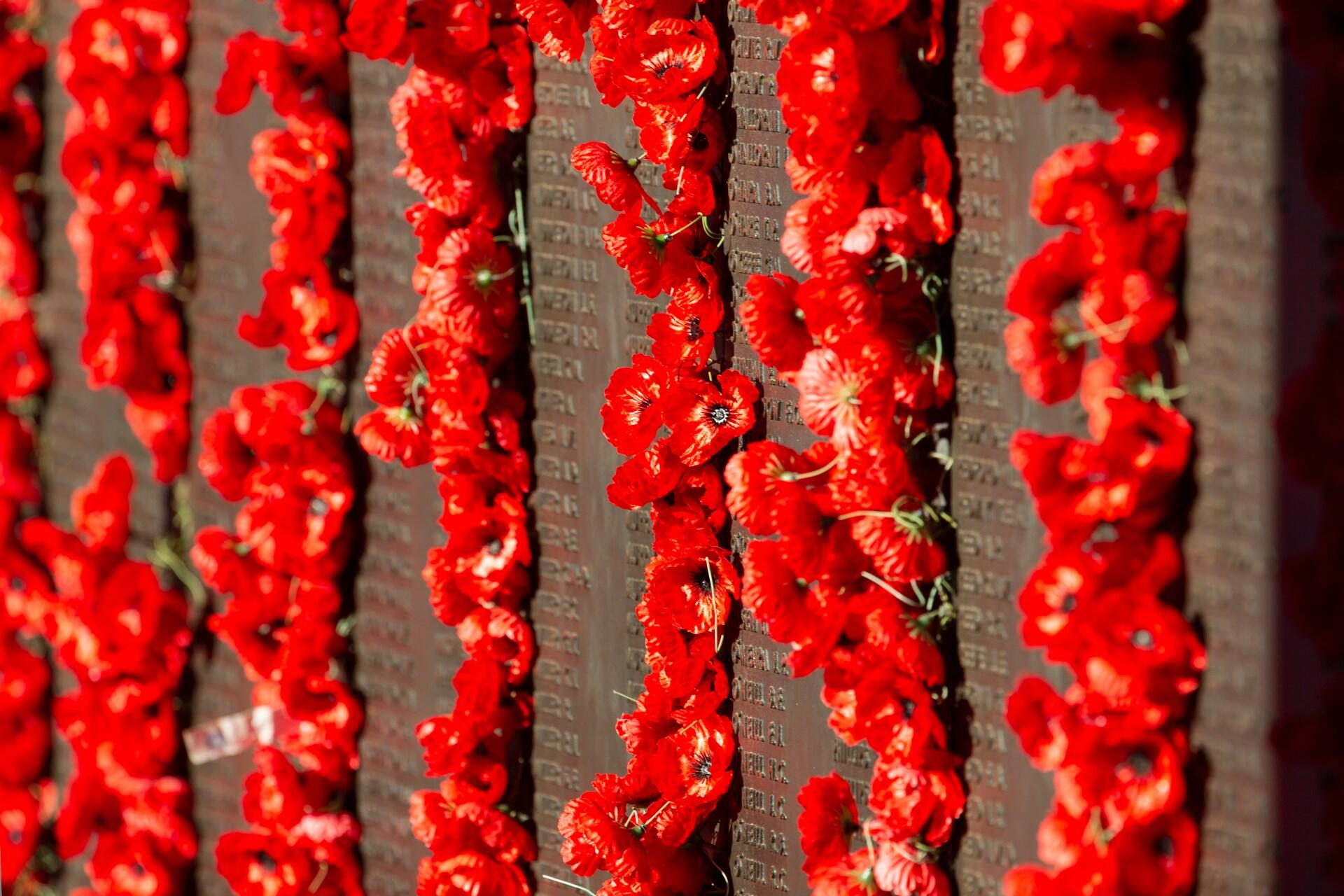
The Meaning of Anzac Day
Anzac Day is about more than dates and ceremonies. It reflects the honourable human qualities displayed on the beaches and hills of Gallipoli.
The original Anzacs endured horrible hardships but did so with almost unwavering courage and comradeship.
The day initially honoured one particular military campaign. It now represents the underlying ideas of resilience and unity first shown at Gallipoli.
Anzac Day serves as a time to think about the sacrifices made by those who died and those who returned, often with both physical and emotional scars.
Anzac Day reflects the values of both New Zealand and Australia, their histories, and their collective and shared identity.
5 Facts That Help Explain Anzac Day
If you take anything from this holiday, here are the five key facts about Anzac Day that we've covered so far:
- Anzac Day marks the anniversary of the Gallipoli landing on April 25, 1915. A campaign that, despite its failure, helped shape the national identity of Australia and New Zealand.
- ANZAC stands for Australian and New Zealand Army Corps, a joint military force formed in 1915 during the First World War.
- The dawn service tradition reflects wartime routines and has become a powerful national ritual of remembrance held at memorials and cemeteries across both countries.
- Anzac Day now honours all service members, not just those from Gallipoli. It now includes veterans of later wars, peacekeepers, and allied forces.
- It is a public holiday in Australia and New Zealand, allowing communities to hold yearly commemorative services, marches, and educational events.
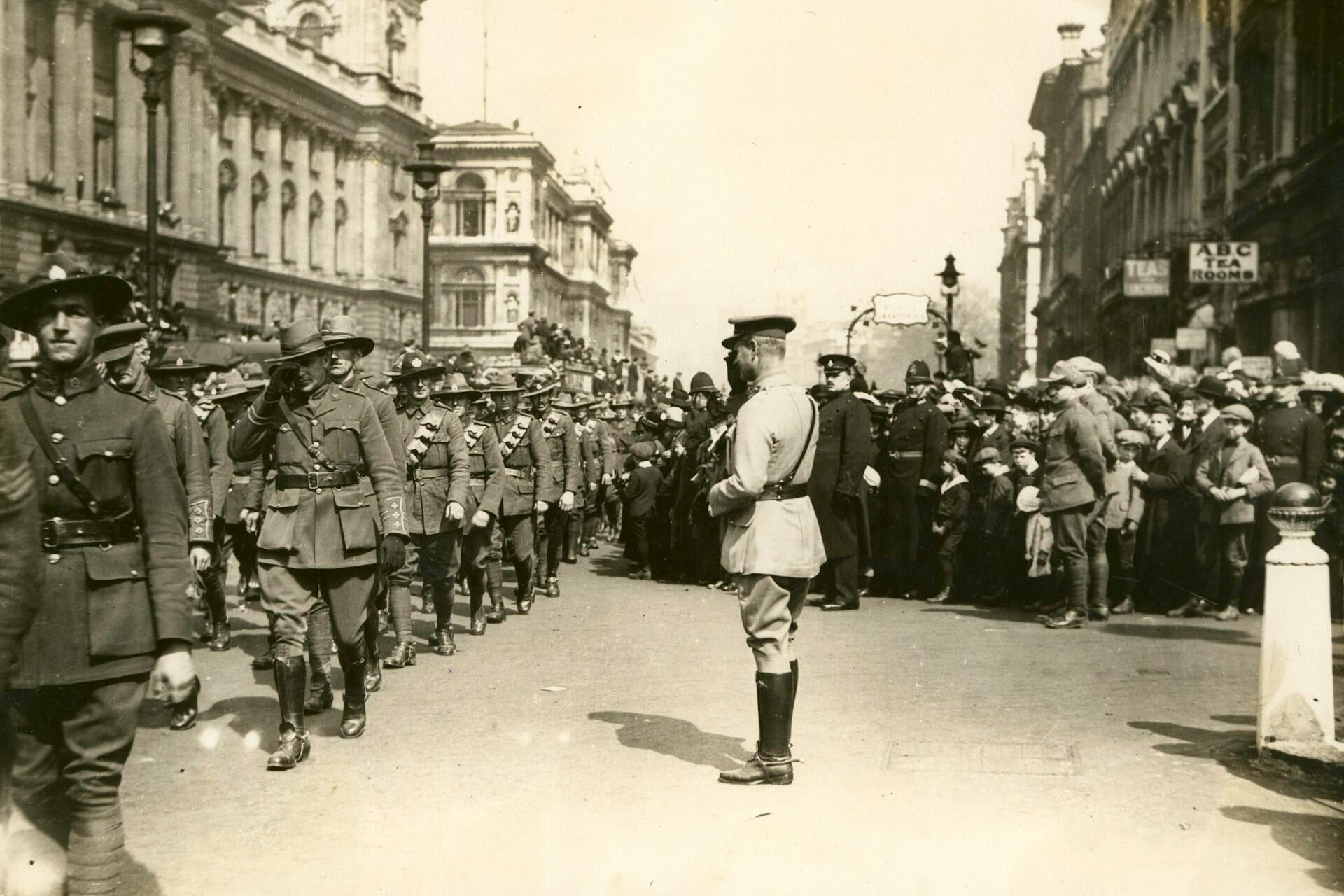
Quotes and Poems That Capture the Spirit of Anzac Day
Many choose different ways to participate in Anzac Day. Still, it's common for Anzac Day poetry and writings to be used in service, especially those that reflect on sacrifice, service, and remembrance.
Laurence Binyon's “For the Fallen” is commonly recited, particularly this stanza, known as the Ode of Remembrance:
They shall grow not old, as we that are left grow old:
Age shall not weary them, nor the years condemn.
At the going down of the sun and in the morning
We will remember them.
Of course, many other Anzac Day poems can be used, but you'll likely hear this one on the day.
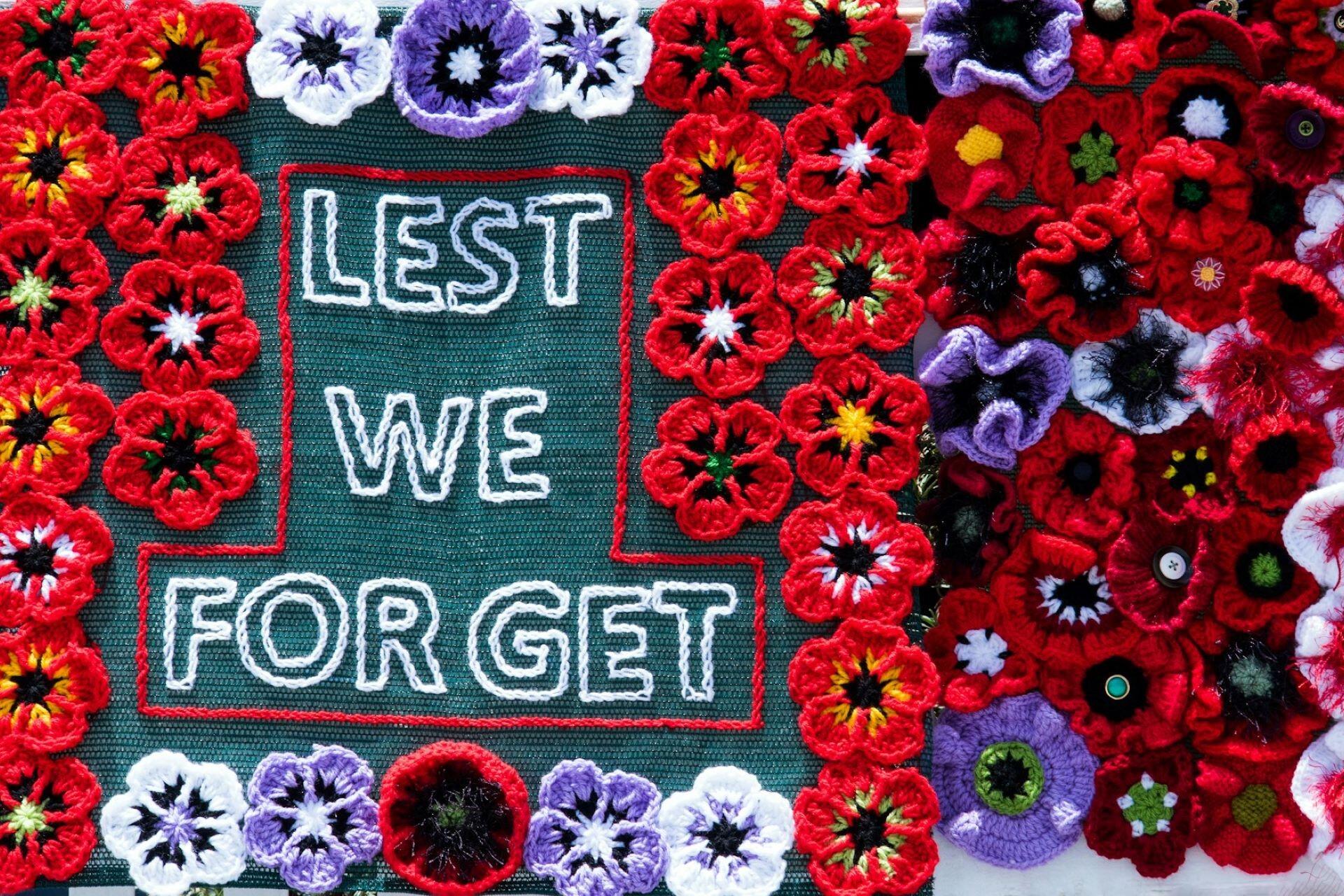
How New Zealand and Australia Commemorate Together
Anzac Day is the most significant shared tradition between Australia and New Zealand. It unites both countries in the shared parts of their history while allowing them to celebrate it uniquely. However, certain aspects of Anzac Day are common to both Australia and New Zealand.
The dawn service, veterans' marches, and memorial ceremonies are often very similar, reflecting the shared history of both countries through the Gallipoli campaign and beyond.
Beyond Australia and New Zealand, Anzac Day is also observed at Gallipoli, with representatives from both countries joining Turkish hosts in an international ceremony.

